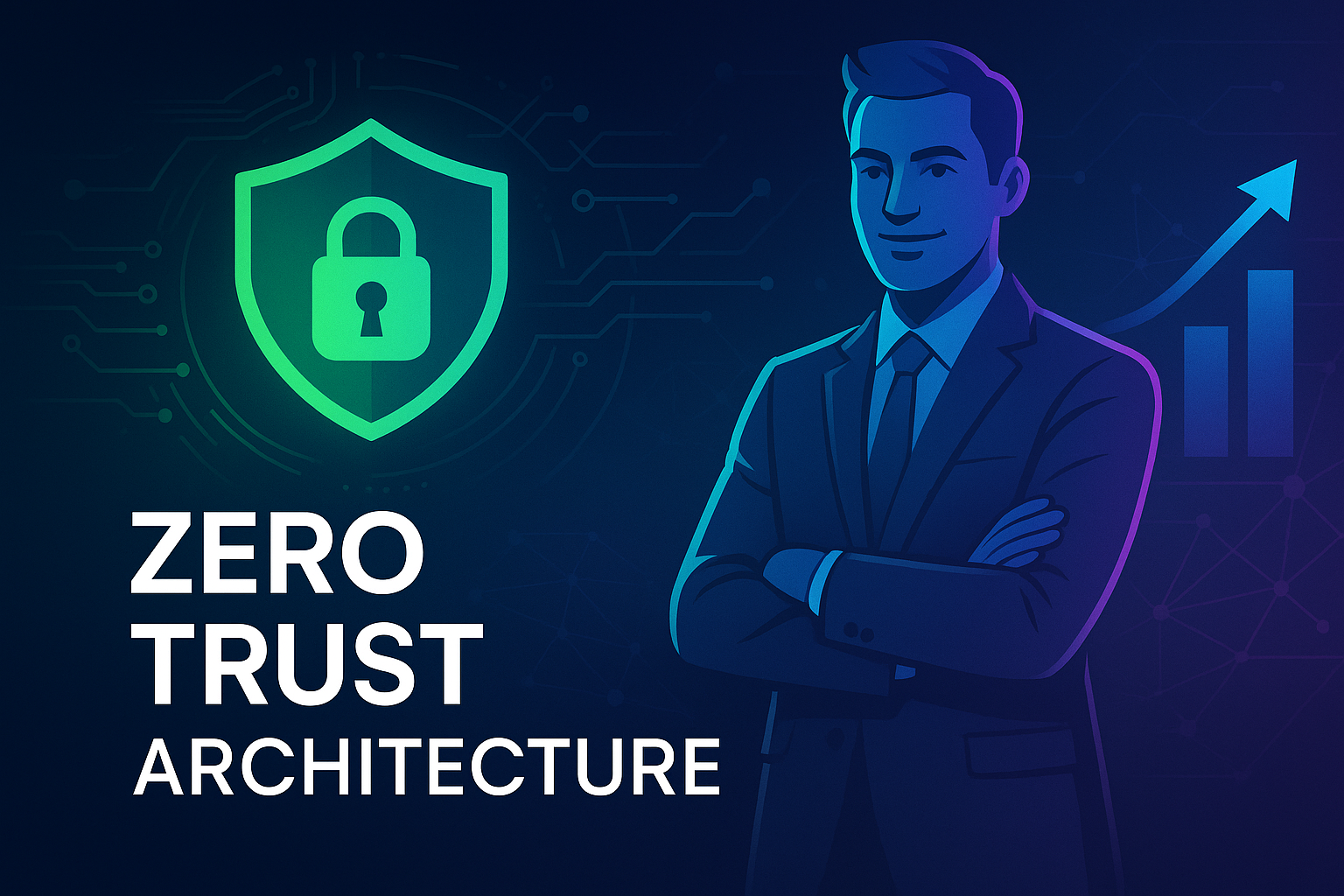Blind Eagle APT: A Deep Dive into Their Cyber Espionage Operations
In the rapidly evolving world of cyber threats, the emergence of new Advanced Persistent Threat (APT) groups continually challenges global cybersecurity defenses. One such group that has been making headlines is Blind Eagle, a notorious APT group known for its sophisticated cyber espionage campaigns. This article delves into the intricacies of Blind Eagle’s operations, their impact, and how organizations, especially in Spain and the European Union (EU), can safeguard themselves against such threats.
Who is Blind Eagle?
Blind Eagle, also known by its aliases “APT-C-36,” is a cyber espionage group that has been active since at least 2018. Originating from Latin America, their operations focus primarily on targeting organizations within Colombia; however, their reach has expanded, impacting entities across various sectors worldwide, including finance, government, and transportation.
The Modus Operandi of Blind Eagle
Blind Eagle deploys a variety of sophisticated techniques to infiltrate their targets. These methods include spear-phishing campaigns, the use of remote access Trojans (RATs), and leveraging zero-day vulnerabilities. Their operations are characterized by persistent efforts to compromise systems and extract sensitive information over extended periods.
Spear-Phishing Campaigns
One of the primary tactics employed by Blind Eagle is spear-phishing. These targeted attacks often involve carefully crafted emails that appear legitimate to recipients. By embedding malicious links or attachments, the group can gain initial access to the victim’s system. This method has proven highly effective, especially when combined with social engineering techniques.
Remote Access Trojans (RATs)
Once initial access is gained, Blind Eagle utilizes remote access Trojans (RATs) like Imminent Monitor and Remcos. These tools allow the attackers to remotely control the compromised systems, facilitating data exfiltration, lateral movement within the network, and continuous monitoring of the victim’s activities.
Zero-Day Vulnerabilities
Blind Eagle is also known to exploit zero-day vulnerabilities—flaws in software that are unknown to the vendor. By leveraging these vulnerabilities, they can bypass security measures and maintain persistence within the networks of their targets.
The Impact of Blind Eagle’s Operations
The activities of Blind Eagle have significant repercussions. Their espionage campaigns can lead to financial loss, reputational damage, operational disruption, and exposure of sensitive information. In the context of Spain and the EU, where data protection regulations such as GDPR are stringent, organizations need to be vigilant and proactive in protecting their information assets.
Case Studies and Statistics
In 2021, Blind Eagle was linked to a campaign targeting Colombian government entities, stealing classified information and causing significant disruption. Similar operations were observed in the financial sector, where the group exfiltrated sensitive financial data, leading to substantial economic losses. According to a Kaspersky Lab report, the group’s activities have grown by 40% annually, underlining the increasing threat they pose.
How to Protect Your Organization Against Blind Eagle
To defend against Blind Eagle and other APT groups, organizations must implement comprehensive cybersecurity measures. Here at Hodeitek, we offer a range of services designed to bolster your defenses and protect your digital assets.
Cybersecurity Services at Hodeitek
Our cybersecurity services encompass a wide array of solutions tailored to meet the specific needs of our clients, ensuring robust protection against advanced threats.
EDR, XDR, and MDR
Endpoint Detection and Response (EDR), Extended Detection and Response (XDR), and Managed Detection and Response (MDR) are critical in identifying and mitigating threats in real-time. These services provide continuous monitoring, threat detection, and incident response capabilities, significantly enhancing an organization’s defense mechanisms.
Next Generation Firewall (NGFW)
The Next Generation Firewall (NGFW) goes beyond traditional firewalls by integrating deep packet inspection, intrusion prevention, and application awareness. NGFWs provide a more sophisticated and effective way to prevent and respond to network threats.
Vulnerability Management as a Service (VMaaS)
Vulnerability Management as a Service (VMaaS) helps organizations identify, classify, and remediate vulnerabilities in their systems. By conducting regular assessments and providing actionable reports, VMaaS ensures continuous compliance and security enhancement.
SOC as a Service (SOCaaS) 24×7
Our SOC as a Service (SOCaaS) provides around-the-clock monitoring and incident response. By leveraging skilled analysts and cutting-edge technologies, SOCaaS ensures your organization is protected at all times.
Industrial SOC as a Service (SOCaaS) 24×7
Industrial SOC as a Service is designed specifically for the unique security needs of industrial environments. This service integrates IT and OT security measures to safeguard critical infrastructure from cyber threats.
Cyber Threat Intelligence (CTI)
Cyber Threat Intelligence (CTI) involves the collection and analysis of information about potential threats. By understanding the tactics, techniques, and procedures (TTPs) used by attackers like Blind Eagle, organizations can better anticipate and defend against future attacks.
Data Loss Prevention (DLP)
Data Loss Prevention (DLP) technologies help prevent sensitive information from being transmitted outside the network. This is crucial in mitigating the risks posed by espionage groups looking to exfiltrate valuable data.
Web Application Firewall (WAF)
A Web Application Firewall (WAF) protects web applications by filtering and monitoring HTTP traffic between a web application and the Internet. It safeguards applications from attacks such as SQL injection, cross-site scripting (XSS), and other OWASP Top 10 threats.
Proactive Measures and Best Practices
Beyond specific services, organizations should adopt a proactive cybersecurity posture. This includes regular security training for employees, implementing strong password policies, conducting regular security audits, and staying informed about the latest threat intelligence.
Conclusion
The rise of sophisticated APT groups like Blind Eagle underscores the importance of robust cybersecurity measures. By understanding the tactics used by these groups and leveraging comprehensive security solutions, organizations can significantly enhance their resilience against cyber threats. At Hodeitek, we’re committed to providing top-tier cybersecurity services tailored to protect your organization.
For more information on how we can help safeguard your business, please contact us today. Together, we can build a safer digital future.
Call to Action: Protect your business from sophisticated cyber threats. Get in touch with Hodeitek today to learn more about our comprehensive cybersecurity solutions.






